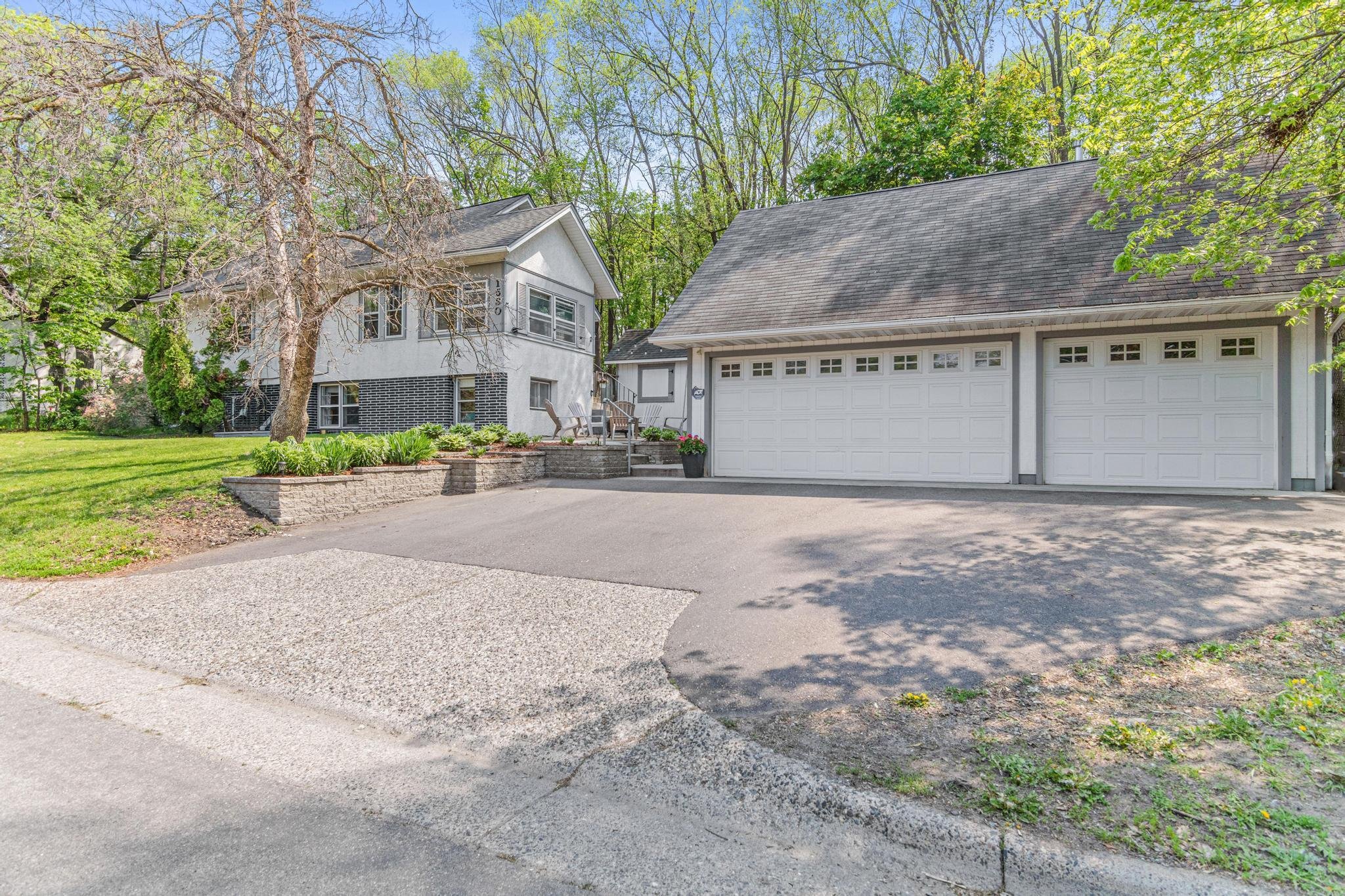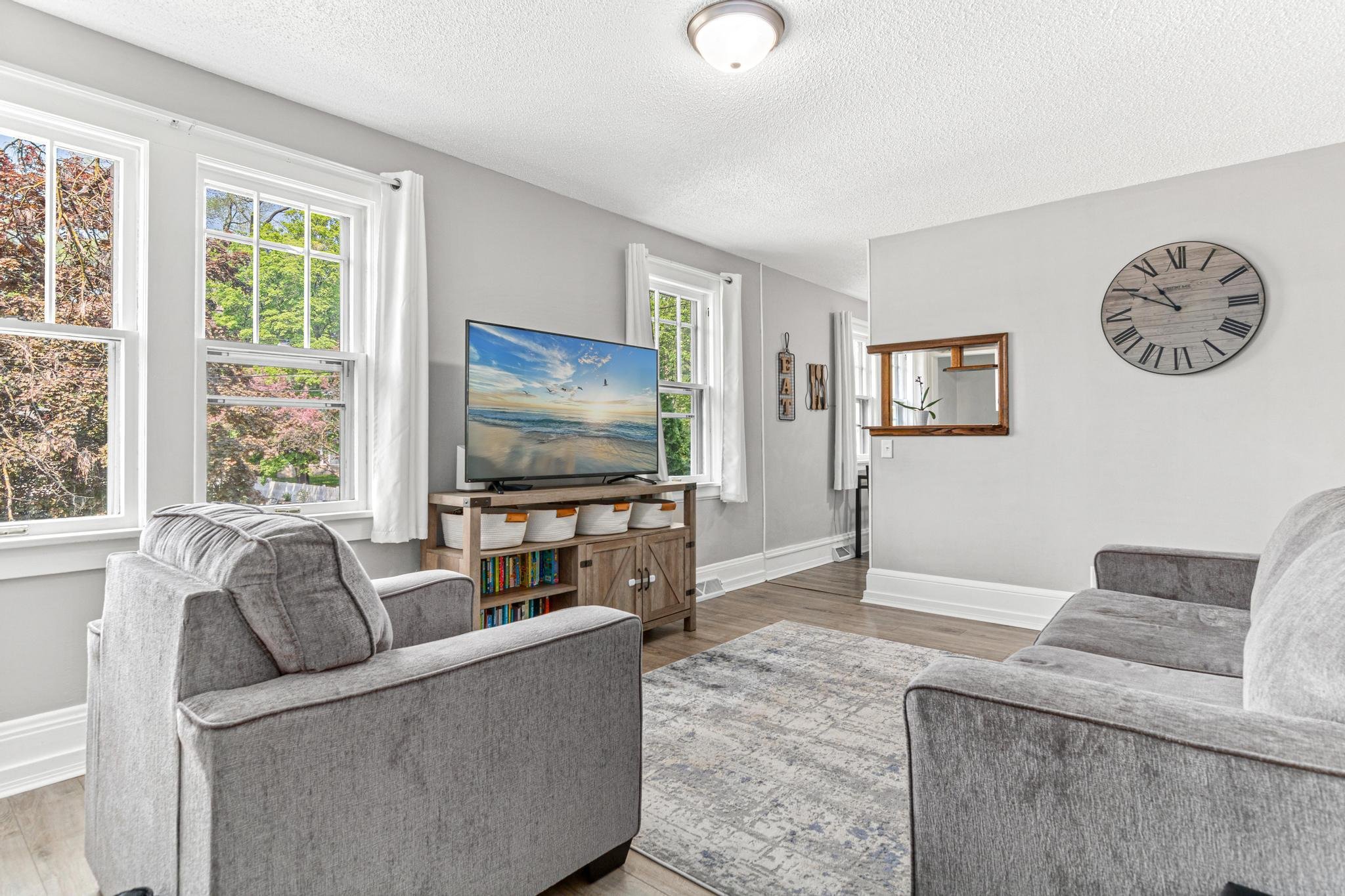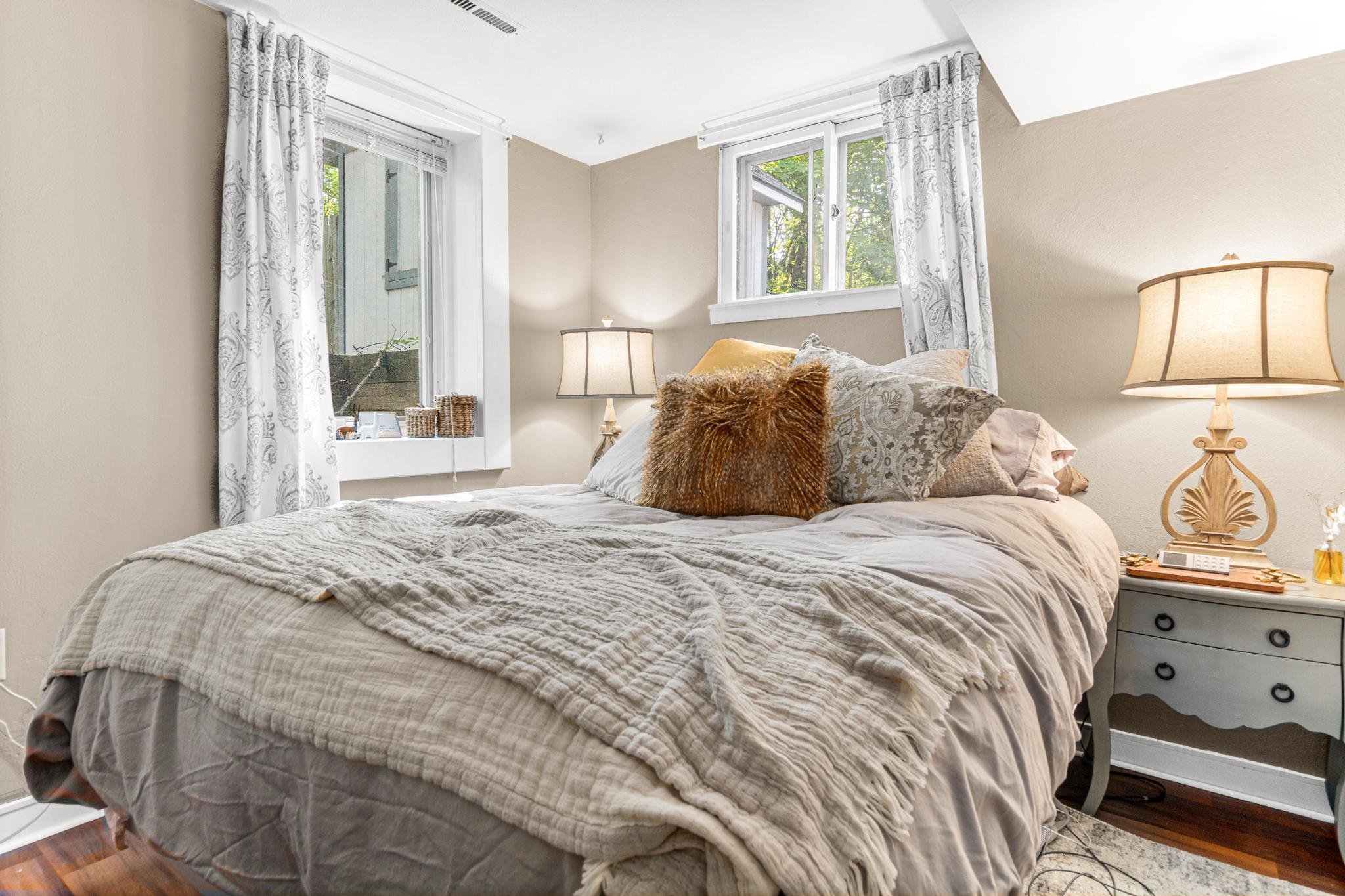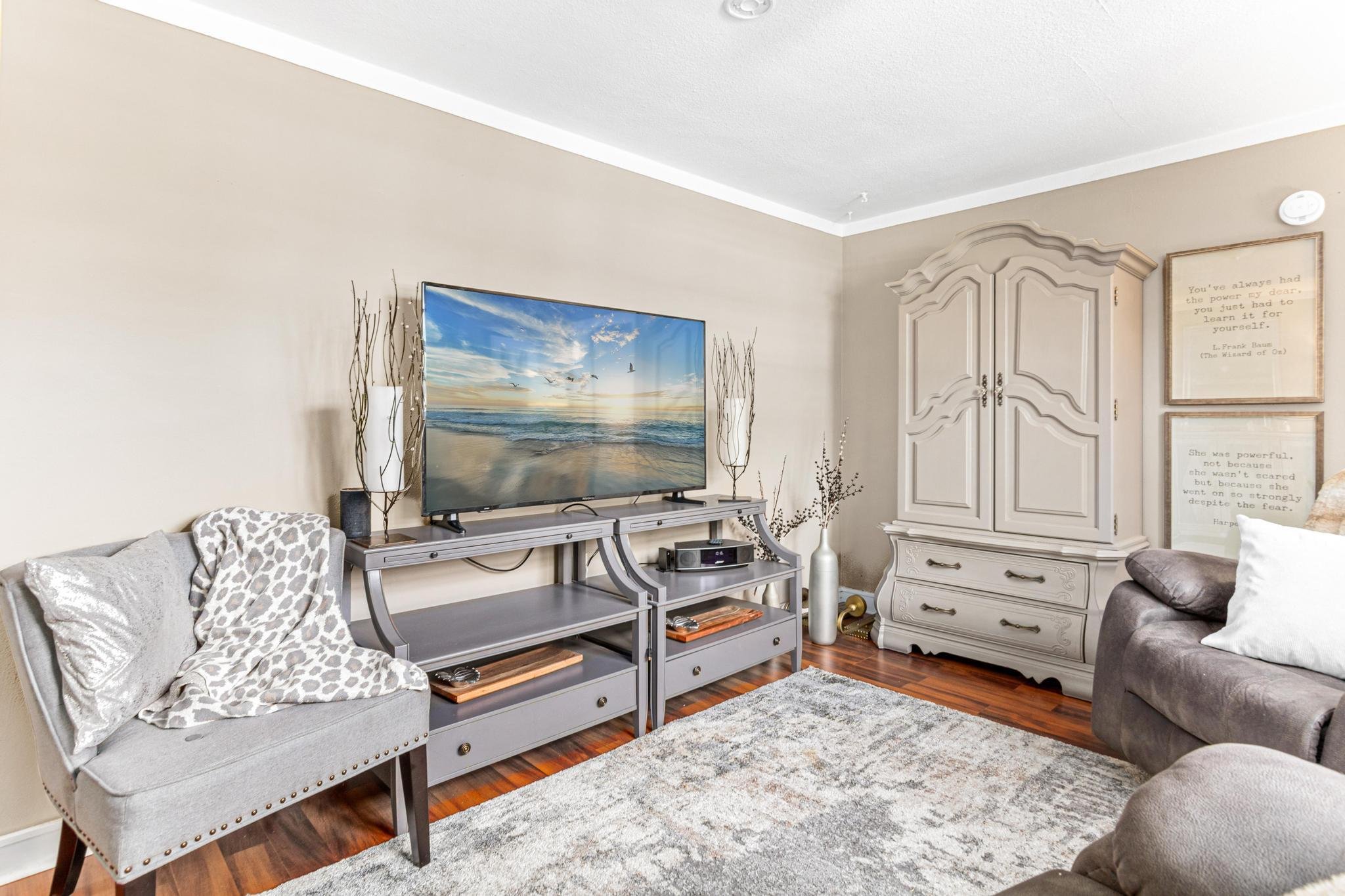There are two common mistakes people make when hanging art in their homes, according to art consultant Louisa Warfield.
“The first is, they hang work that is too small for the space. And often you’ll go in, and you’ll find a sofa [couch] with one tiny picture above it, and that looks lonely and bleak,” she said.
Instead, “Hang a wall… with as big a painting as you can fit.” This helps a room feel homey, Warfield said, while at the same time making the space appear larger. Don’t be afraid to hang large artworks in smaller spaces such as hallways, Warfield said.
The second mistake is hanging artworks too high, which makes pieces harder to “connect” with. “Whether it’s just the visual connection, you just like the look of it, or whether it’s an emotional connection, you feel something from it … if the work is hung too high it feels like it’s not really in the room,” she said.
A guideline is to hang the work so that its center is about 150cm above the floor, Warfield said. Alternatively, hang it so that your eye level is about a third of the way down from the top of the piece. “These are guides — there’s no hard and fast rule,” she said.
The ‘gallery wall’
Having a gallery wall, where several pieces of varying sizes are hung together, is a popular way to display art at home. Most people are not art collectors who buy work around a particular theme; instead, they might acquire pieces on vacation or receive art as gifts, Warfield said.
“As our lives grow and get bigger, [the artworks] often don’t match. But a gallery wall … allows you to draw together lots of quite disparate bits into one quite holistic look,” she said.
Warfield suggests giving the display cohesion. “This might be as simple as everything has a black frame. This might be simple as everything is a flower picture, or … everything is a black and white photo,” she said. She might add a quirk, such as having one picture that has a touch of red in it that stands out against a monochrome selection.
In a large home, a gallery wall might be about 160cm in height and about the width of the couch the art will hang above, Warfield said. She said mixing larger pieces with smaller ones is acceptable and recommended laying out pictures on the floor in front of the couch to decide how to display them. Should you have the largest picture in the middle of the display? “There’s no ‘should,’” she said. “There are a million different ways of doing it.”
Warfield charges £175 ($222) plus taxes for two hours of advice on what to buy and how to display it. When it comes to the hang itself, it’s worth hiring a professional who understands the best fittings to use for the size of the artwork and the type of wall it will go on, Warfield said. Expect to pay a professional hanger around $100 an hour, she said.
To match or not
You might want artwork to fit with a color scheme you have chosen for your home, but this is something that the art world — which can be elitist — might look down on, Warfield said. Her approach is more inclusive: “You must do whatever you want in your home — it’s your sanctuary,” Warfield said.
“What I advise my clients is that you might want it to match now, but your sofa and your [color] palette is almost certainly going to change again in seven to 10 years,” Warfield said. If you are buying art and are keen on a matching approach, “be very aware of how much money are you spending, and will that picture have longevity after you have changed the color of your sitting room?”
If you’ve recently moved home and feel your existing artworks don’t fit your new space, consider reframing pieces or hanging them unframed to give them a new look, Warfield suggested, or have them glazed in non-reflective and UV-protective glass that will display work more clearly.
For Helen Sunderland Cohen, who collects modern and contemporary art and photography, balance is important. “I try to place works that feel good in a particular space, and that interact organically with one another. This could be through colour, style, or a motif. For example, I decided to hang black and white photography down one corridor,” she told CNBC by email.
An art collector’s approach
Sunderland-Cohen’s London home features an open-plan living area with large windows along its length that shed light on her collection.
A mask by British-Nigerian artist Yinka Shonibare hangs next to a monoprint on fabric by British artist Aimee Parrott, followed by an oil on canvas by post-war British artist Prunella Clough. Meanwhile, a bright pink porcelain cone by Simon Bejer is displayed on a side table — Bejer is a graduate of the City & Guilds School of Art in London, where Sunderland Cohen is a trustee.
“I ... try to arrange the art in a way that works with the furniture, rugs, and light, so that everything feels harmonious,” Sunderland Cohen said.
Sunderland Cohen, who manages The Sunderland Collection, a collection of antique world maps and atlases, said she buys work for her home that she has a personal connection to, such as places she has lived. “I think a lot of displaying art comes down to confidence and intuition, rather than worrying about what other people will think or how trendy an artist is,” she said.
“I am fascinated by design, and like living with it: even simple objects like a well-designed lamp or a beautiful cushion, or a quirky vase. These items do not have to be expensive, just engaging and fun,” she said.
Related Links
If there is a home that you would like more information about, if you are considering selling a property, or if you have questions about the housing market in your neighborhood, please reach out. We’re here to help.












